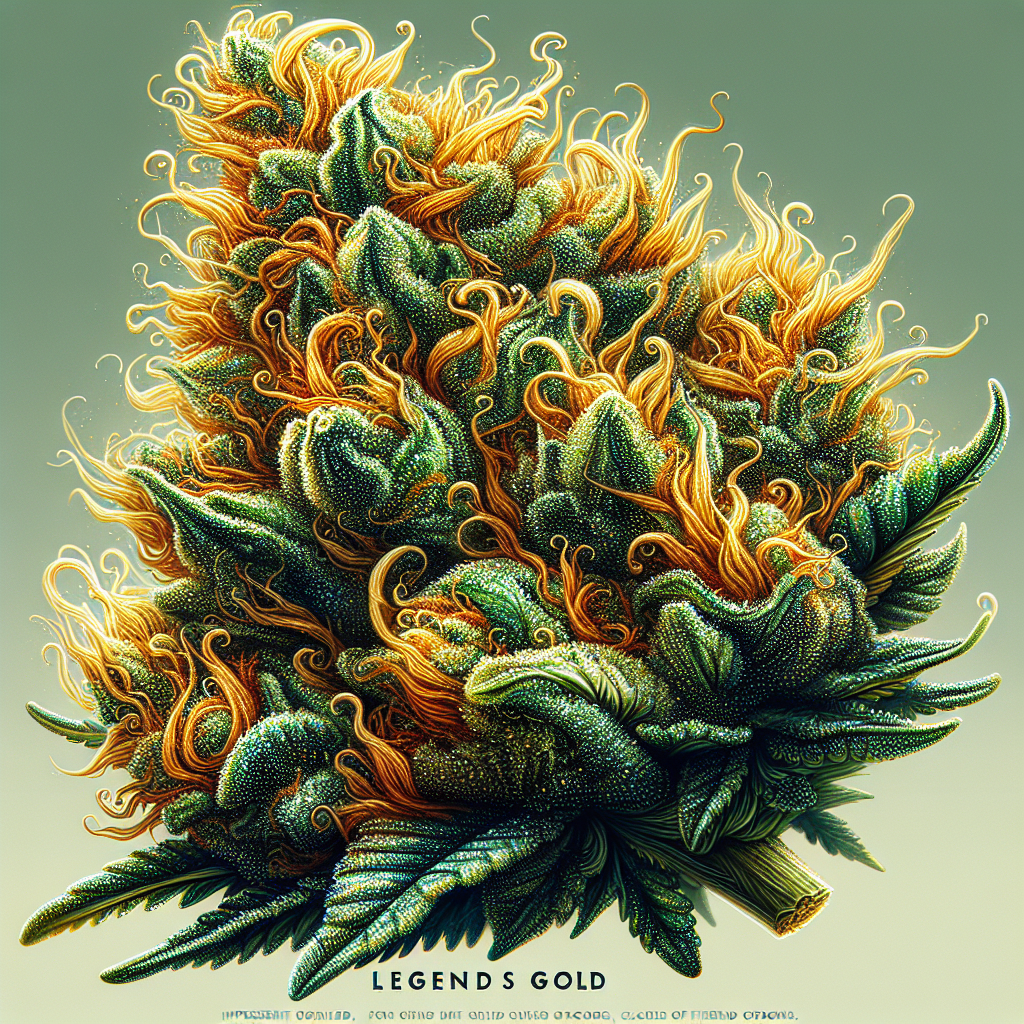
Introduction
Cannabis culture is vast and varied, with regions across the globe cultivating unique strains that reflect their particular environments and traditions. One of the most fascinating aspects of this diversity comes from the Himalayan locality of Nepal. Renowned for its rugged landscapes and ancient cultivation methods, Nepalese cannabis offers an authentic experience that reflects centuries of tradition. In this comprehensive review, we will delve into the essence of various Nepalese cannabis strains—examining their history, growing conditions, aroma, flavor, effects, and overall appeal.
History of Nepalese Cannabis
Nepal has a long-standing relationship with cannabis, often referred to locally as "Ganja" or "Hashish." The plant has been woven into the cultural and spiritual fabric of Nepal for centuries. The Hindu tradition, particularly within the context of the festival of Shiva Ratri, includes the use of cannabis as a sacred offering. Furthermore, in regions like the Parvati Valley, cannabis has been cultivated using traditional methods passed down through generations.
Historically, Nepalese cannabis has gained acclaim not just for its potency but also for its aromatic and flavor profiles. The famous "Nepalese Temple Ball," a type of hashish meticulously crafted from the resin of the cannabis flower, is celebrated for its unique texture and rich flavor.
Growing Conditions and Cultivation
The cultivation of Nepalese cannabis typically occurs in expansive fields situated in the lower elevations of the Himalayas. These fields are nourished by the region’s unique climate, which comprises warm summers, ample rainfall, and cool winters. Cultivators usually rely on organic farming techniques—eschewing modern chemicals and fertilizers to ensure that their product remains pure and natural.
Strain Variants
As with many landrace strains, Nepalese cannabis varieties differ based on their geographic origin, growing practices, and local genetics. Some notable strains include:
-
Nepali Temple Hash:
- Origin: The heart of the Kathmandu Valley.
- Characteristics: Known for its dark, oily consistency and robust flavors.
-
Himalayan Gold:
- Origin: Grown primarily in the mountainous regions of Nepal.
- Characteristics: A balanced hybrid strain with a floral aroma, often used for relaxation.
-
Nepal Chillum:
- Origin: Tradition associated with spiritual and meditation practices.
- Characteristics: Offers a mellow high with hints of citrus and pine.
- Nepalese Indica:
- Origin: Traditionally grown in the high-altitude regions.
- Characteristics: Strong body effects, suitable for nighttime use.
Aroma and Flavor Profile
Each Nepalese strain possesses a unique aroma and flavor profile, often characterized by organic, earthy notes combined with subtle spice and sweetness.
Nostalgic Aromatics
-
Earthy and Herbal: Most strains exude a distinctive earthiness, evoking the natural terrain of the Himalayas. The green flora and rich soil contribute to a complex bouquet of fragrances that can include hints of sage and thyme.
-
Spicy Accents: Many strains also reveal spicy undertones reminiscent of traditional flavors. The unique growing climate infuses the cannabis with aromatic compounds that reflect local herbs and spices, enhancing its overall profile.
- Citrus and Pine Notes: A few strains, like Nepal Chillum, boast bright citrus and pine smells that lend a refreshing quality.
Tasting Experience
The flavor of Nepalese cannabis is nuanced and multi-layered. Users describe a smoky richness that acts as a comforting embrace to the palate. The diversity in flavors can range from sweet, fruity notes in Himalayan Gold to the more robust, earthy flavors in the Nepali Temple Hash.
- Himalayan Gold: Often described as smooth and floral with a sweet aftertaste.
- Nepali Temple Hash: Rich and full-bodied with an oily texture.
- Nepal Chillum: Light, sweet, and citrusy bursts that leave a refreshing finish.
Effects and Potency
The effects of Nepalese cannabis can significantly vary from strain to strain. However, they generally maintain a consistent theme—offering deeply relaxing and introspective experiences.
Relaxation and Euphoria
-
Himalayan Gold: Known for its balanced effects, this strain results in gentle euphoria while promoting relaxation and reducing anxiety. Many users report feeling uplifted and more sociable.
-
Nepali Temple Hash: This potent strain can induce a heavy body high, making it ideal for winding down and relieving physical tension.
- Nepalese Indica: Perfect for nighttime use, it promotes deep relaxation and can aid in sleep.
Creativity and Mindfulness
Nepalese strains can also inspire creativity and mindfulness. Many users note that the gentle cerebral stimulation encourages introspective thinking.
- Nepal Chillum: Especially favored by those looking to enhance their meditation practice, this strain tends to promote clarity and calm.
Cultural Context and Societal Impact
Cannabis in Nepal is not merely a recreational substance; it has historical, religious, and cultural significance. The use of cannabis is intertwined with local traditions, particularly surrounding festivals and spiritual practices. Using cannabis as an offering in rituals, ceremonies, and gatherings highlights its esteemed position in Nepali society.
Socioeconomic Aspects
Cannabis cultivation plays a crucial role in the economy of certain rural areas in Nepal. Provides livelihoods for many families, particularly in regions that are less accessible due to challenging terrain. While legal ambiguities exist, traditional cultivation persists, sustaining community and households while preserving cultural traditions.
Challenges and Controversies
Despite the rich history and cultural significance, cannabis faces its own set of challenges in Nepal. Legal restrictions hinder commercial cultivation and processing, leaving many growers operating in a gray area. This impacts the ability to export high-quality strains globally, limiting the potential market for Nepalese cannabis.
Environmental Concerns
Additionally, environmental impacts from farming practices can raise concerns. While traditional methods emphasize organic cultivation, there is an ongoing discussion regarding how to balance agricultural practices with sustainability.
Review Roundup
As we conclude our exploration of Nepalese cannabis strains, several key takeaways emerge:
-
Unique Heritage: Nepalese cannabis is deeply rooted in the culture and spirituality of the region, making it significant beyond its recreational use.
-
Diverse Profiles: Each strain offers a unique combination of aroma and flavor, embodying the rich tapestry of Nepal’s landscape and traditional growing methods.
-
Balanced Effects: Most strains provide a combination of relaxation, euphoria, and introspection, catering to both recreational and medicinal users.
-
Cultural and Economic Significance: Cannabis farming is vital for many rural communities, creating a complex intertwining of economy, culture, and tradition.
- Challenges Ahead: Legal and environmental issues pose significant challenges for the future of Nepalese cannabis cultivation and its global appreciation.
In summary, exploring Nepalese cannabis strains reveals an intricate blend of culture, traditional practices, and unique characteristics. Whether one is drawn to it for recreational purposes, medicinal benefits, or cultural significance, the strains of this Himalayan gem promise a remarkable experience steeped in history.
As the world increasingly embraces the diverse options within cannabis consumption, the essence of Nepalese cannabis strains stands out as a unique contributor to the global cannabis narrative.





